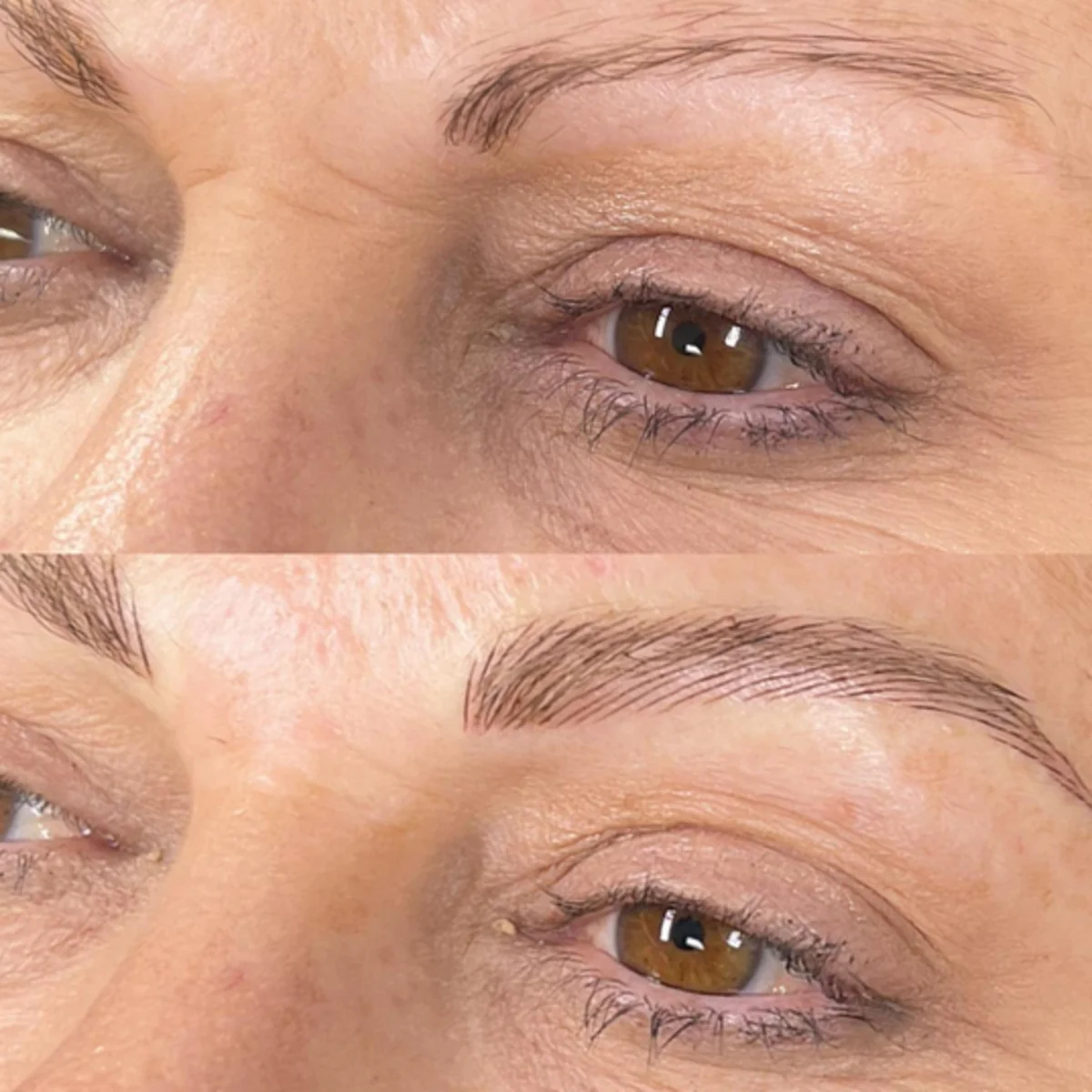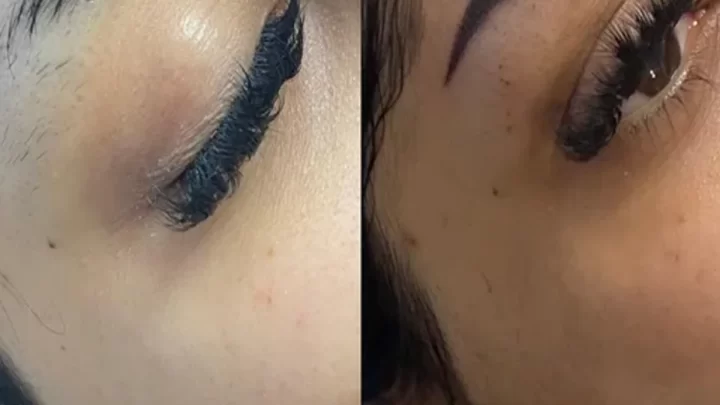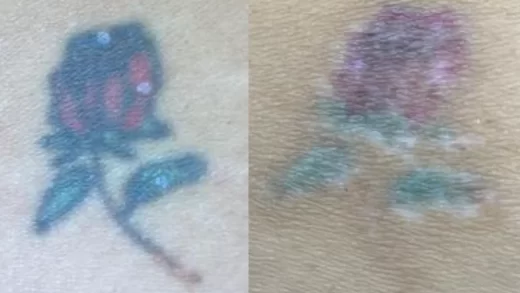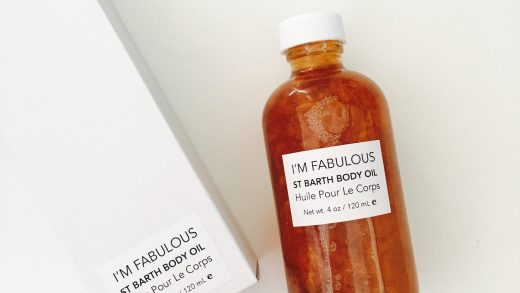Eyebrows are essential for the aesthetics of the face, as their shape, fullness, and symmetry enhance the eyes and frame the upper face. Microblading is a non-invasive treatment that instantly improves the appearance of thin or patchy eyebrows.
Microblading is an eyebrow enhancement technique that enhances the brows’s shape, definition, and thickness by depositing dye into the second dermal layer of the skin using a specialized hand-held tool with a unique blade. This creates fine strokes that mimic natural eyebrow hair.
This post will discuss the distinctions between microblading and eyebrow tattoo Melbourne, which are often mistakenly believed to be similar techniques.
What is Microblading?
Microblading is a cosmetic procedure done by professionals to create fuller, natural-looking eyebrows. Numbing cream is applied before making small incisions in the brow area to imitate natural hair growth. These incisions are then filled with pigment.
Microblading is typically considered a relatively painless procedure due to the application of numbing cream beforehand and the shallow cuts made by the microblade. Bleeding is minimal, and only a small amount of pigment is used to prevent colour from spreading beyond the incisions.
Microblading is a semi-permanent cosmetic procedure typically lasting 1-2 years. To maintain results beyond this timeframe, patients can undergo regular touch-up sessions.
Eyebrow Tattooing
Eyebrow tattooing involves using a tattoo needle supplied with ink that is tapped into the skin quickly to apply ink to the dermis.
Tattooing is permanent, as colours may fade and lines may blur over time. It is challenging, if not impossible, to remove an eyebrow tattoo Melbourne once it has been done.
Microblading vs Eyebrow Tattooing
When comparing the two eyebrow-enhancing techniques, it is important to understand their differences.
Permanent vs Impermanent
The main difference between microblading and eyebrow tattoos is the duration of the results they offer.
Eyebrow tattoos are permanent, as the ink is tattooed onto the skin for life. Removal through tattoo removal treatments is the only way to reverse the process.
Microblading results last about 6 months to a year due to the pigment not going as deep and fading as skin cell turnover. Touch-up treatments can be done annually to maintain enhanced brows. The semi-permanent nature of microblading allows patients to change their brow appearance as trends change.
Comparison of Microblade Pigment and Tattoo Ink
Microblading pigments come in various colours, either organic or inorganic. As the microblading ink fades, it lightens but maintains the same tone. The pigments are designed to gradually fade into a lighter shade, ensuring a natural look for the patient. This allows for a natural appearance until the pigment completely fades.
Eyebrow tattooing uses tattoo ink, while microblading uses specialized pigment. Tattoo ink fades over time and may develop a blue-green tint, especially around the edges. Black tattoo ink can turn blue or green as the red pigments fade, leading to unnatural-looking eyebrows.
Blading vs Needling
Microblading is a procedure that uses a hand tool to cut into the top layer of skin. It is less painful than tattooing, causes less skin damage, and allows for a quicker recovery process. Furthermore, it requires less pigment, preventing colour bleeding into surrounding skin cells.
Tattooing is done with a machine that penetrates deeper into the skin. This makes tattoos more painful than microblading. The deeper punctures result in more ink being used, causing the colour to bleed into the surrounding area. Recovery time is longer due to the skin needing to heal from the deep needle punctures.
Comparison between Fine Lines and Filled Brows
Microblading artists are trained to hand-draw fine lines that mimic individual eyebrow hairs’ natural look and shape. These lines blend with natural eyebrows to create a realistic appearance.
Tattoo artists often struggle to create the delicate fine lines of microblading using a tattoo needle, as the technique requires a level of precision that tattooing does not naturally provide. As a result, tattooed eyebrows may appear more solid and resemble brow filler rather than your natural brows.
Natural-looking Outcome
Microblading and eyebrow tattooing produce different results in terms of natural appearance. Microblading involves creating hair-like strokes that mimic the surrounding eyebrow hair growth pattern, resulting in a more natural look. A skilled microblading technician can make treated areas appear denser, resembling natural brow hair.
Pain
Tattoos can cause some discomfort, particularly in sensitive areas like the face. Microblading, on the other hand, tends to be less painful, especially when the brow area is numbed with lidocaine beforehand. Many individuals compare the sensation of microblading to tweezing.

Microblading Pros and Cons
Pros: Less painful, Quick recovery, Natural looking, Won’t change colour
Cons: Semi-permanent, Requires touch-ups, Generally more expensive
Advantages and disadvantages of eyebrow tattoos
Pros: Good for mid-brow fullness, Generally less expensive, Permanent result
Cons: The brow appears more like makeup rather than natural, requires longer recovery, and may exhibit bleeding or colour changes as it ages.



